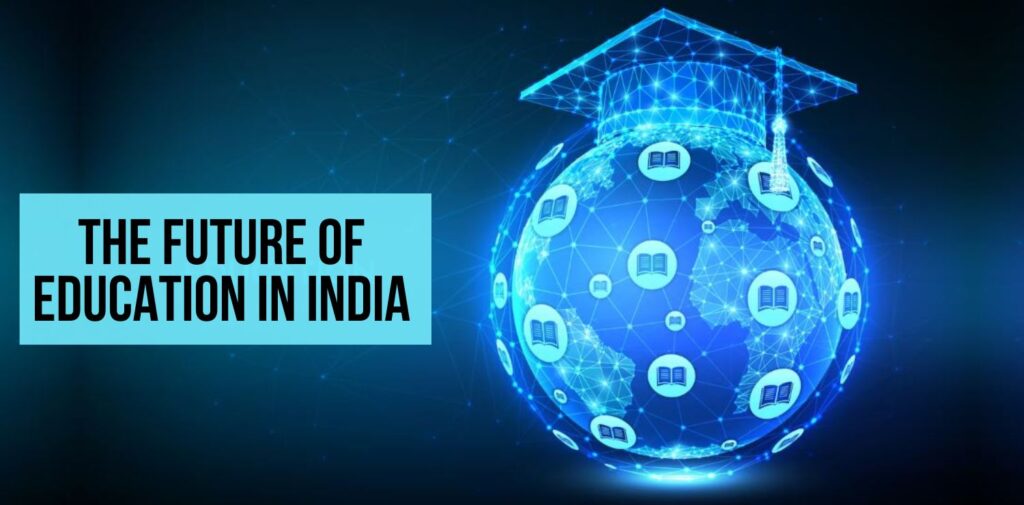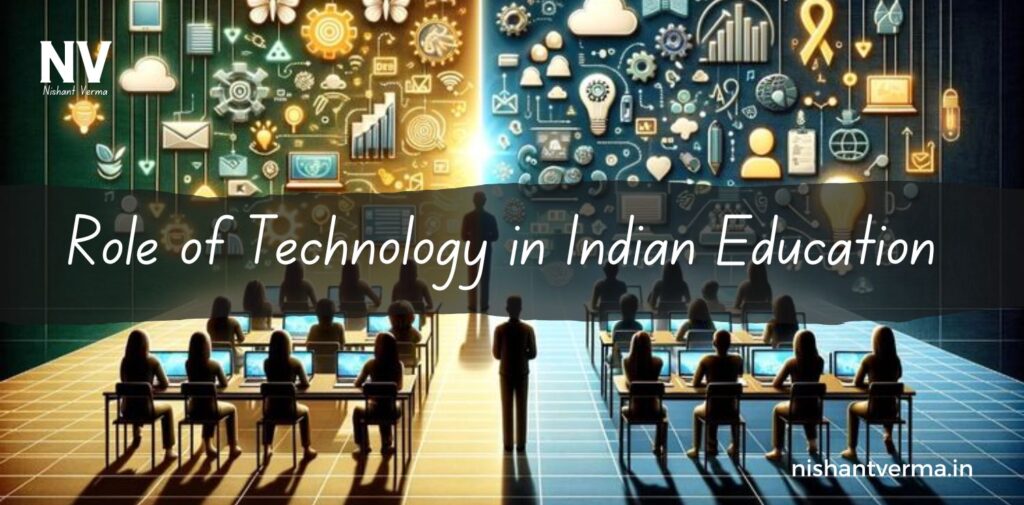Education is the cornerstone of any society, and in India, it has been evolving rapidly due to advancements in technology. The integration of technology in education is not just a trend; it is a transformation that is reshaping how students learn, teachers teach, and educational institutions operate. This article explores the significant role technology plays in transforming education in India, highlighting its benefits, challenges, and future potential.
Bridging the Digital Divide
One of the most important impacts of technology in Indian education is its ability to bridge the digital divide. In a country as diverse as India, access to quality education has always been a challenge, especially in rural areas. However, with the rise of the internet and mobile technology, students from remote locations can now access educational resources that were previously unavailable.
Online platforms, such as e-learning websites and mobile applications, provide students with the ability to learn at their own pace. Websites like Khan Academy and Coursera offer free courses on a wide range of subjects, allowing students to enhance their knowledge without the constraints of physical classrooms. This flexibility is crucial for learners in rural areas who may have limited access to traditional educational institutions.

Enhancing Learning Experiences
Technology has made learning more engaging and interactive. Traditional teaching methods often rely on rote memorization, which can be uninspiring for students. However, the use of multimedia tools—such as videos, animations, and interactive quizzes—has transformed the way subjects are taught. For example, using virtual reality (VR) in science classes allows students to explore complex concepts, like the solar system or human anatomy, in a more immersive way.
Moreover, gamification—turning learning into a game—has become a popular method to motivate students. Educational games encourage participation and make learning fun, helping students grasp difficult concepts more effectively. This shift in teaching methods not only enhances students’ understanding but also keeps them engaged.
Empowering Teachers
Technology is not just beneficial for students; it also empowers teachers. With digital tools, educators can access a wealth of resources to enhance their teaching methods. Online forums and communities allow teachers to share best practices, lesson plans, and teaching materials. This collaboration can lead to improved teaching strategies and a more enriched learning environment for students.
Furthermore, technology facilitates personalized learning. Teachers can use data analytics to track students’ progress and identify areas where they might be struggling. This information allows for tailored instruction, ensuring that each student receives the support they need to succeed.

Expanding Access to Education
The COVID-19 pandemic highlighted the importance of technology in education. When schools were forced to close, online learning became a necessity. Many institutions quickly adapted to remote learning, utilizing video conferencing tools like Zoom and Google Meet. This sudden shift proved that education can continue outside traditional classroom settings.
For students who may have faced barriers to education, such as distance, health issues, or family responsibilities, online learning offered a new opportunity. Even after schools reopened, many institutions have continued to offer hybrid models, blending in-person and online instruction. This flexibility can lead to increased enrollment and participation, especially among students who previously felt excluded from the education system.
Challenges to Overcome
While technology has numerous benefits, there are also challenges that need to be addressed. One of the biggest issues is the digital divide that still exists in some parts of India. Not all students have access to the necessary devices or stable internet connections, particularly in rural and underserved urban areas. This inequality can lead to disparities in learning outcomes.
Additionally, there is a need for teacher training. Many educators may not be fully equipped to integrate technology into their teaching methods effectively. Professional development programs focusing on technology in education are essential to ensure that teachers can utilize digital tools to their fullest potential.

The Future of Education in India
As technology continues to evolve, the future of education in India looks promising. Innovations such as Artificial intelligence (AI) and machine learning are already beginning to influence educational practices. These technologies can personalize learning experiences even further, adapting to the individual needs of each student in real-time.
Moreover, as the government invests in digital infrastructure and initiatives like Digital India, the accessibility of technology in education is expected to improve. Programs aimed at providing devices and internet connectivity to students can help close the existing gaps.
Conclusion: Role of Technology
The role of technology in transforming education in India is profound and far-reaching. It has the potential to democratize access to quality education, enhance learning experiences, and empower both students and teachers. However, to fully realize this potential, it is essential to address the challenges of the digital divide and invest in teacher training.
As we look to the future, embracing technology in education can lead to a more inclusive, engaging, and effective learning environment for all students. The journey of transformation has already begun, and with continued effort and innovation, the landscape of education in India will undoubtedly change for the better.




